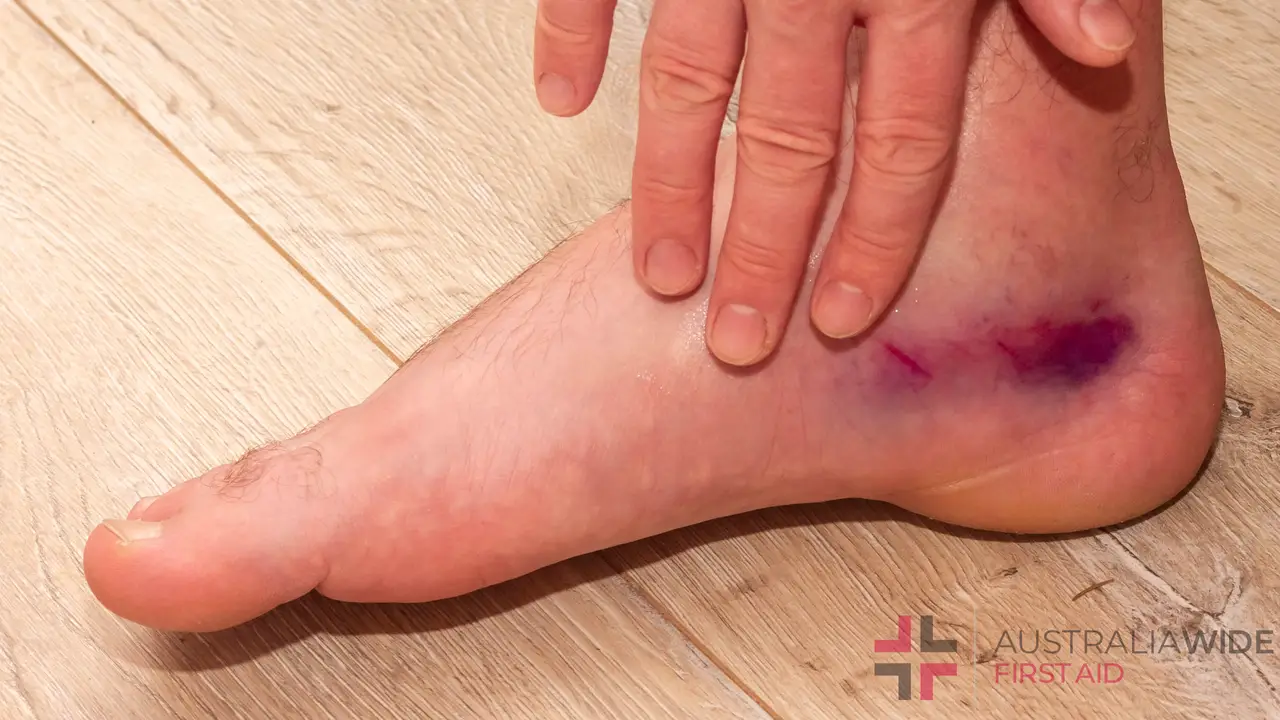Soft Tissue Injuries in Sports: Causes, Types, and Recovery Strategies


Soft tissue injuries are common in sports and can range from mild to severe.
These injuries affect the muscles, tendons, and ligaments that connect the muscles to the bones. These tissues are essential for movement; any damage can cause pain, swelling, and difficulty moving the affected area.
Soft tissue injuries are caused by overuse, direct trauma, poor training techniques, and skipping warm-ups. Athletes are prone to overuse injuries, while direct trauma can affect anyone.
Common areas for soft tissue injuries include the knee, shoulder, foot, and wrist. These injuries can be sprains, strains, partial tearing, or complete tears of muscles, tendons, or ligaments. The medial collateral ligament in the knee is often affected.
Causes of Soft Tissue Injuries:
The most common soft tissue injuries in sports are sprains and strains:
Soft Tissue Injury Knee:
Soft Tissue Shoulder Injury:
Soft Tissue Injury Foot Injury:
Soft Tissue Injury Wrist:
Soft tissue injuries are divided into sprains and strains. Sprains occur when ligaments connecting bones to other bones are hurt, and strains affect muscles or tendons connecting muscles to bones. The severity of these injuries depends on the amount of tissue damage. Complete tears happen when tissue is completely cut and need medical attention, including surgery. Partial tearing is also common.
Athletes often get knee injuries, with the most common being a tear in the MCL, located on the inner side of the knee joint.
Shoulder injuries are also common in sports, especially those that involve throwing or overhead movements. Rotator cuff strains and tears are among the most common shoulder injuries.
Foot injuries can occur due to overuse or trauma, and plantar fasciitis is a common soft tissue injury affecting the foot. This condition causes pain and swelling in the tissue that connects the heel bone to the toes.
Wrist sprains are common in sports that involve hand movements, such as tennis or gymnastics. This injury affects the ligaments in the wrist and can cause pain, swelling, and difficulty moving the wrist.
How to treat soft tissue injury ?, it is important to take proper precautions to avoid further damage.
Physical therapy, medications, ice, compression, elevation, and possibly surgery are some of the treatments available. Your doctor may recommend wearing a wrist brace or splint to aid healing. as well as in foot injuries Wearing a brace or cast can also help keep protected during the recovery
Physical therapy is also an important recovery strategy for soft tissue injuries. This involves exercises to strengthen the affected area and improve range of motion. Anti-inflammatory medication may also be prescribed to reduce pain and swelling. In severe cases, surgery may be required to repair the damaged tissue. This is usually reserved for complete tears or injuries that do not respond to other treatments.
Recovery Strategies for Soft Tissue Injuries:
Preventing soft tissue injuries in sports is essential for athletes:
Achieving a lower risk of injury during physical activities is easily attainable through proper warm-up exercises and stretching. Furthermore, the prevention of overuse injuries can be ensured by utilizing correct techniques when engaging in physical activities.
Athletes should also pay attention to their bodies and seek medical attention if they experience pain or swelling. Ignoring the symptoms of a soft tissue injury can lead to more severe and long-lasting damage.
Soft tissue injuries are common in sports and can happen for various reasons, such as overuse, trauma, poor training techniques, or lack of warm-up exercises. The most common types of injuries are sprains and strains, but athletes can also suffer from complete or partial tears. These injuries often occur in the knee, shoulder, foot, and wrist.
To recover from a soft tissue injury, athletes must do RICE ( rest, ice, compress, elevate,) and seek physical therapy or anti-inflammatory medication. Athletes can prevent injuries by warming up, using proper techniques, paying attention to their bodies, and seeking medical attention if they experience pain or swelling.
Athletes must know the causes, types, and recovery strategies for soft tissue injuries to stay healthy and perform their best. By taking preventive measures and getting proper treatment when needed, athletes can avoid injuries and recover more quickly. In severe cases, surgery may be necessary.

March 6, 2025
Falls are one of the most common causes of injury, particularly among children and older adults. Whether it’s a simple trip or a serious fall from height, knowing how to administer first aid can prevent further injury and, in some cases, save a life.

October 1, 2024
The musculoskeletal system is the foundation of human movement, support, and protection, playing a critical role in our ability to perform everyday tasks. Understanding the components and functions of the musculoskeletal system is essential for preventing injuries and managing conditions that may arise, particularly in workplaces where manual handling tasks are common.

August 28, 2024
A jaw fracture is a break or crack in the jawbone. This type of injury can occur due to various reasons and may result in considerable pain and difficulty in performing everyday activities like eating and speaking.